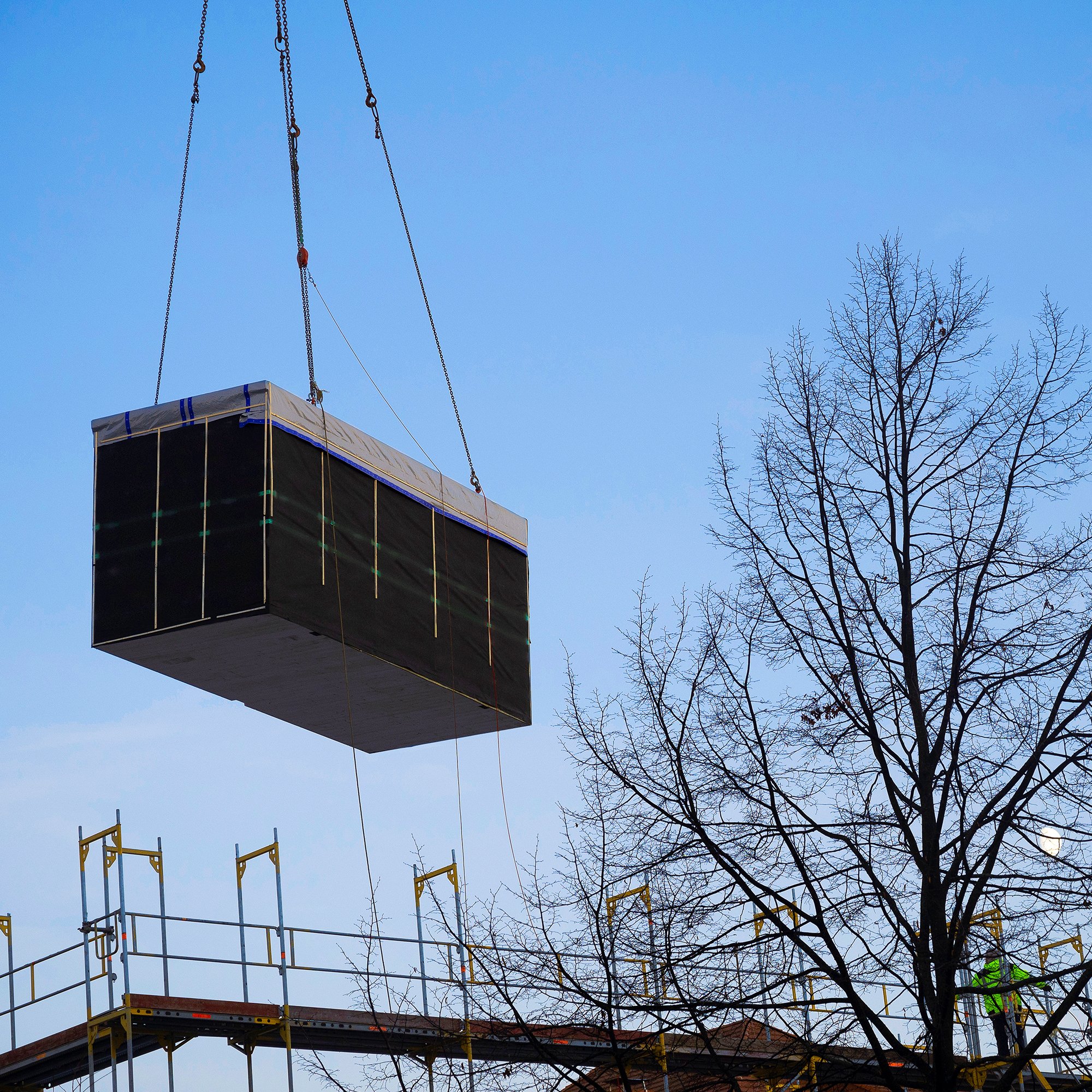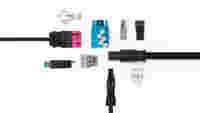Modular construction consists of controlled production of so-called modules – prefabricated building components, usually of a standardized design – followed by modular assembly on the construction site to form a complete building. This modern construction concept offers many advantages: It makes the construction process faster and keeps it on schedule, lowers costs and keeps them predictable, maintains consistent production conditions, reduces waste on the construction site and offers a very high degree of flexibility in the subsequent lifecycle of the building. The efficient use of resources also minimizes environmental impacts, supporting sustainable construction.
Modular construction is used in many different construction projects – from residential buildings, to office buildings, to educational institutions. This construction method is especially attractive when the completed modules are standardized and produced in series – referred to as “serial construction.”
Pluggable Electrical Installation – a Key Component in Modular Construction
Pluggable electrical installations, often known as a plug-and-play systems, play a crucial role in modular construction, since such a system has the same features and requirements as conventional construction: It is carefully planned in advance and prefabricated at the factory, so all that remains to do at the construction site is plug the parts together. This efficiency and flexibility simplify component connection, reduce downtime on the construction site and make the construction process significantly faster. It is also easy to implement changes later, making pluggable building installation an ideal, cost-effective alternative for modular construction projects.



